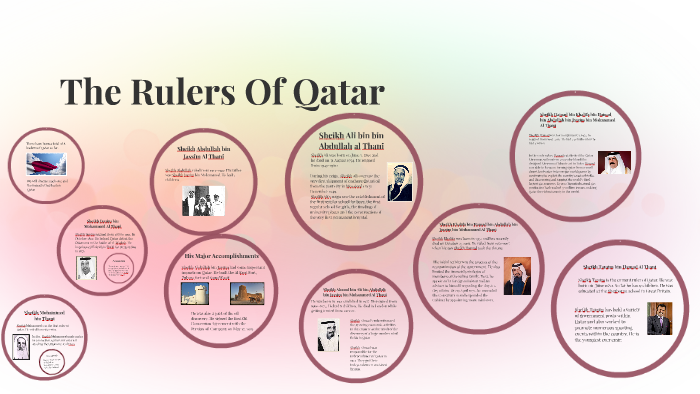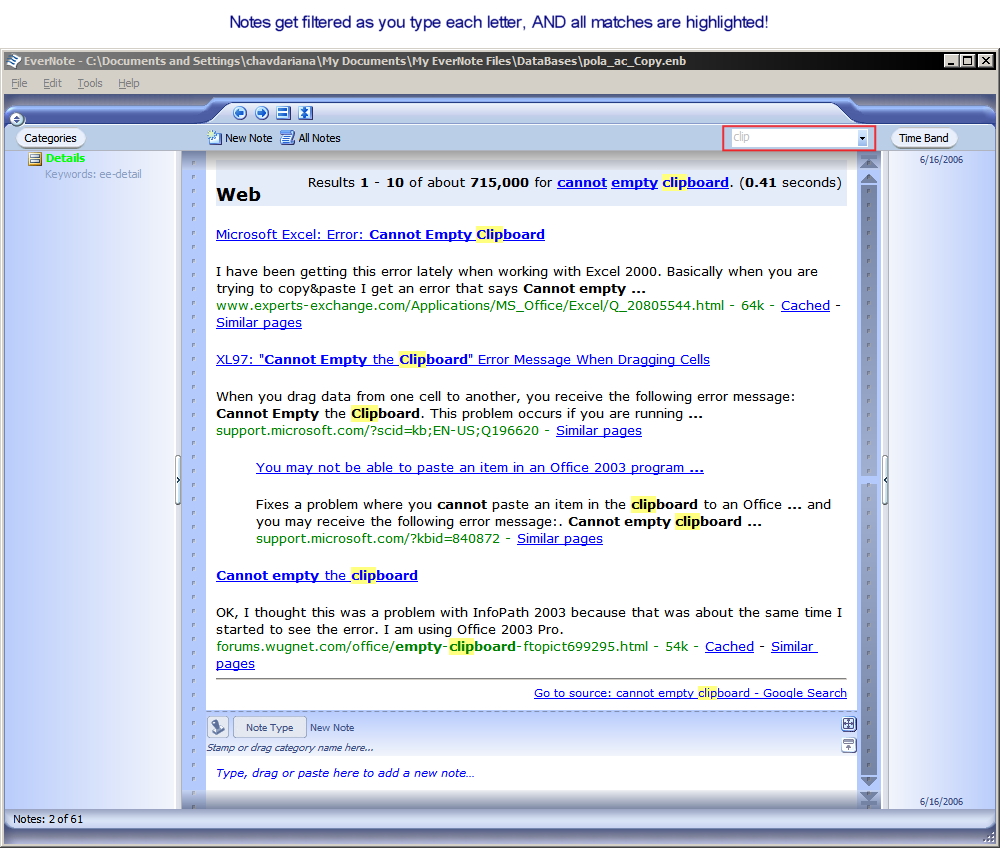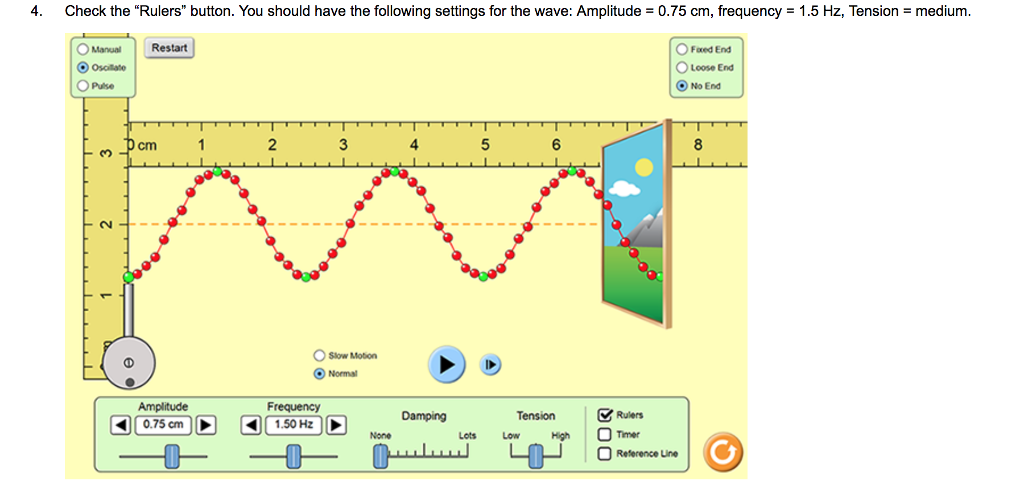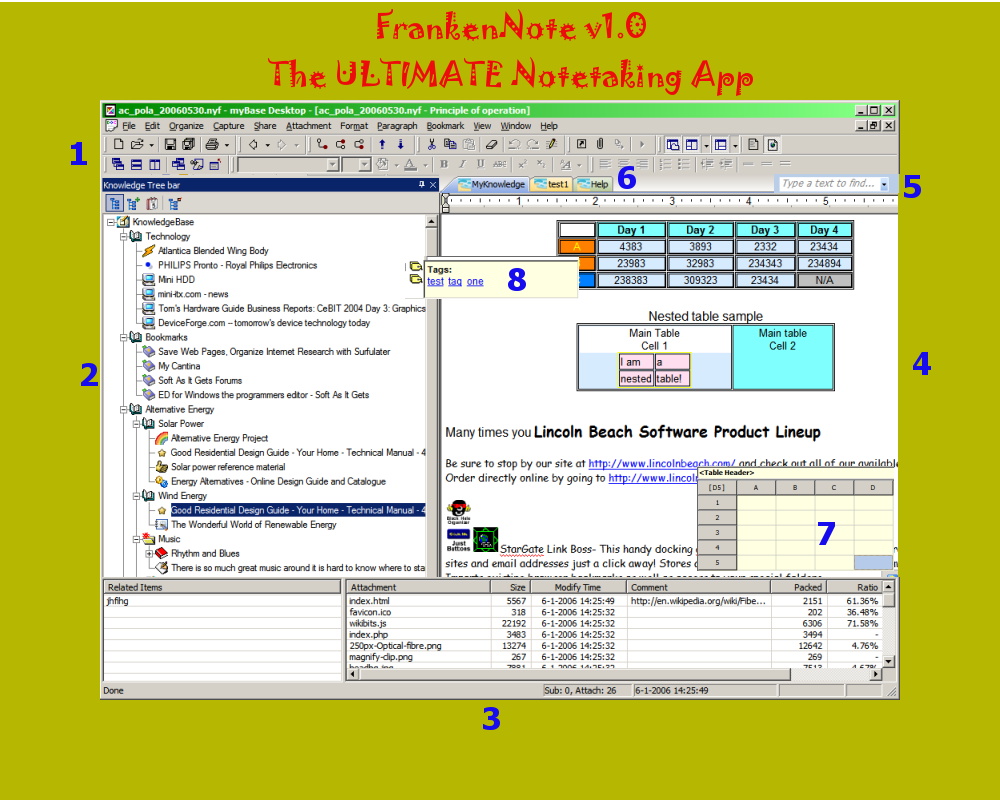

- #TREEDBNOTES WHERE IS THE RULERS IN NOTES HOW TO#
- #TREEDBNOTES WHERE IS THE RULERS IN NOTES INSTALL#
- #TREEDBNOTES WHERE IS THE RULERS IN NOTES MANUAL#
- #TREEDBNOTES WHERE IS THE RULERS IN NOTES MAC#
#TREEDBNOTES WHERE IS THE RULERS IN NOTES HOW TO#
In a future column, we will describe how to use Keynote as an outliner.

Some data might be hidden in certain presentations.Īlas, no OS X mainline outliner currently has this capability. The data existed within the file, and how it displayed could be toggled into many custom layouts.
#TREEDBNOTES WHERE IS THE RULERS IN NOTES MAC#
Some now-defunct Mac outliners (InfoDepot and INcontrol) took more of a FileMaker-like approach to cells as fields. Most outliners allow some control over how the information is displayed, but that control is per document and set once, rather like a word processing document. The screenshot shows one of these: Liner. Some outliners can gather by sorting on pretagged characteristics.

No other outliner seems to have anything close.
#TREEDBNOTES WHERE IS THE RULERS IN NOTES MANUAL#
Tinderbox’s implementation is automated, where MORE’s involved a manual search. MORE developed it in that powerful context. Tinderbox is the only outliner that fully supports this, and can gather to a clone. For instance: “select all headers containing the word ‘example’ and created or modified in the last 10 days, together with their children.” You can then drag that discontinuous assembly to a new header location and it will create a new branch of all those parts based on certain rules. A much more powerful selection method is the “search” command. Some outliners allow you to select a header and promote not just it, but it and all its children as well. But novice outline users quickly outgrow that limitation and want to move many headers. The simple operation is to select a single header and move it in some way. Working with outlines is often a matter of locating ideas and restructuring them. Group Operations, Sort and Search, Mark and Gather
#TREEDBNOTES WHERE IS THE RULERS IN NOTES INSTALL#
People do run Leo on Aqua, but this poor columnist was unable to do so in time (the author is enthusiastically helping and we expect to report how to install it on OS X in a later column). DEVONthink supports something like this in what it calls “replicants.”

Leo supports clones in an elegant, integrated way. We have tried to spread our screenshots among different applications, so here we show a different example: Leo. Clones can be simple aliases or copies, and in either case can be filtered or processed by agents. An even more advanced notion syncs the changes. More advanced implementations allow branching, where multiple copies are kept and can be changed independently. In the outlining world, it is usually called “cloning.” Simple cloning is like the Finder, where any change is reflected in the source there is only one source and the clone is a pointer to that source. What happens when you want to put something in more than one place? The Finder’s outliner implements this though “aliases.” Such a capability greatly extends the power of the outlining paradigm. Tree structures are powerful, but inherently inflexible. Snipping Input and Drag and Drop: the ability to easily input items from other applications (or the Web). Other Graphical Layouts: the ability to view the outline using a two-dimensional drawing. Multilevel Finder Integration: the “outline” of outlines corresponds to the Finder outline.ĭistinct Meta Levels: outlines about outlines.įolding: collapsing independent of the outline alternatively collapsing any header or paragraph to the first line. Headers and Non-headers: differentiation between headers and paragraphs. Styles: both “paragraph” styles for headers and text, and named “character” styles (as in Word). Ordinary Nesting, Promote/Demote, Collapsing: the basic necessity of outliners. After all, this is your particular Macintosh. You’ll recall our goal is to list all the major features found in all outliners so that you can write your own definition of outliner needs. This month, we finish our survey of outliner features that we began last month.


 0 kommentar(er)
0 kommentar(er)
